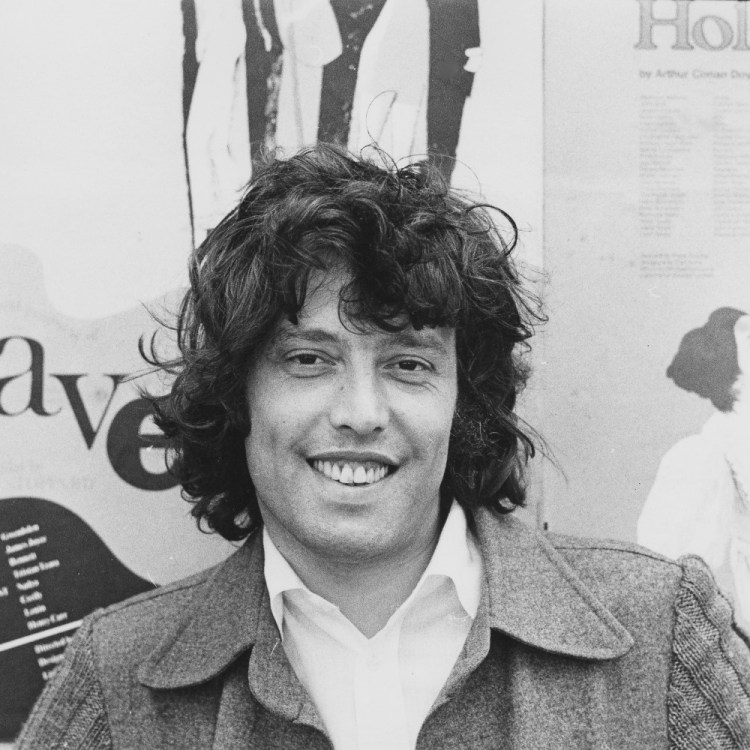Prologue
Near the end of July 2014 I flew to California to meet with Alexander P. Butterfield, the former aide to President Richard Nixon who disclosed the secret White House taping system 41 years earlier.
The tapes provided the proof of Nixon’s direct role in the cover-up of Watergate, other crimes and government abuses. Without the evidence, Nixon certainly would have been able to stay in office.
“There’s more to the story of Nixon,” Butterfield told me.
He picked me up at the airport in his Cadillac and we drove to his condominium two blocks from the Pacific Ocean in La Jolla. For 20 years before joining the Nixon White House staff, he had been one of the Air Force’s most accomplished pilots. He drove confidently and fast.
At age 88, Butterfield, 6-foot-2 with salt white hair, walked with a slight stoop. But he was energetic and vital. He chatted comfortably, and he was dressed neatly in freshly pressed slacks and shirt.
He pulled into his space beneath his building and put a key in the elevator, which slowly took us to his second-floor penthouse. We got off the elevator and entered his bachelor residence of five large rooms.
I quickly scanned the open-plan living area with its modern furnishings and a dark, heavy-wood circular table used as much for work as dining.
What really snapped me to attention were 20 boxes and piles of documents and files he had agreed to bring out of storage for my assistant, Evelyn Duffy, and me to read and copy. Here, after all these decades, was a vast new archive, unknown until now.
President Richard Nixon after leaving White House following his resignation over the Watergate scandal. (Bill Pierce/The LIFE Images Collection/Getty Images)One of Butterfield’s jobs in the Nixon White House had been to prevent departing staffers from leaving with official documents. But when he left in 1973, he carted off literally thousands of documents from the White House. Many are originals. Though Butterfield is normally very neat and organized—even fastidious—the arrival of new boxes and files from storage had created an unusual disorder.
I immediately began dipping into the boxes and opening files. They contained everything from routine chronologies to bizarre memos outlining Nixon’s orders. Included were some previously undisclosed Top Secret exchanges with Henry Kissinger, Nixon’s national security adviser, and a few highly classified bulletins of the CIA.
Some were neatly organized, including copies on onionskin paper of all memos Butterfield wrote. These were in a monthly file about two inches thick for each of the 50 months he was in the White House—a virtual diary. Other files were scattered about the five rooms, cluttering his bedroom, office and study. Closets contained more boxes, books, folders and dossiers—some from the White House and others from his time in the Air Force. One tall stack of boxes was housed in an unused shower stall.
The boxes also contained parts of an unpublished memoir he had written in the 1990s. Butterfield gave me a copy of the chapter drafts that he still retained, and he has given me permission to quote from them.
In all, over 11 months in 2014 and 2015, I interviewed him for more than 40 hours on digital audio recordings or digital video.
His documents, the interviews and his memoir chapter drafts provide a remarkable stream of anecdotes, recollections and new episodes not found in the public record or histories. The result is a deeper, more disturbing and baffling portrait of Nixon. Though Butterfield has given occasional interviews and speeches over the decades, his personal odyssey, precisely how and why he decided to disclose the existence of the taping system, is largely untold. In some respects he has been waiting in plain sight to share the intimate details of his experience in the Nixon White House.
I did not realize this until July 18, 2011, when he visited a house my wife and I have on the South River near Annapolis, Maryland. We spent the day together with the tape recorder going. In 2014 he agreed to let me tell his story in full and gave me access to his voluminous records in La Jolla.
Butterfield has had prostate cancer for years. Despite this and other minor health problems, I found his memory to be superb. He is an excellent witness. During the course of our interviews he would quote Nixon, participants or himself verbatim about an important incident. Then months later we would review the incident and he would give the same account, often recalling the same quotations.
He is not seeking employment. He neither asked for nor has he received money from me or my publisher.
He is a proud man but over the course of the interviews he made what lawyers call “admissions against interest.” He recalled with unusual candor incidents that he knows are embarrassing and do not reflect well on him.
Seen up close through Butterfield’s eyes and documents, Nixon is both smaller and larger.
The focus of this book is on these two men—Nixon and Butterfield. Three months after leaving the White House, Butterfield disclosed Nixon’s secret taping system to the Senate Watergate Committee.
The hundreds of hours of the secret recordings made public in a piecemeal fashion over four decades have come to define Nixon and his five and a half years in the White House.
Butterfield, FAA administrator, arrives at the Rayburn Building to testify before the Judiciary Committee, in Washington, D.C. on July 2, 1974. (Bob Burchette/The Washington Post via Getty Images)As a deputy assistant to the president, Butterfield occupied the office next to Nixon’s Oval Office for three of his four years in the White House. He became a witness to, and extension of, Nixon’s strategies, likes, dislikes and whims. When Nixon was in Washington, Butterfield was the first to see him in the morning and the last to see him at night. He was one of only a very few who knew about the secret taping system.
In his memoir, RN, Nixon said he was “shocked” that Butterfield betrayed the secret. “I had believed that the existence of the White House taping system would never be revealed,” Nixon wrote.
The secret taping system was not put in place until February 1971. There are no tapes of the first two years of the Nixon presidency. By virtue of his proximity to the center of the Nixon universe and his extraordinary memory, Butterfield himself essentially became that tape recorder.
After Nixon resigned in August 1974 he spent much of the remaining 20 years of his life conducting a war on history, trying to diminish his role in Watergate and other crimes, while attempting to elevate his foreign policy and other accomplishments.
But nearly each year since 1974 new tapes and documents have been released showing the depth of his criminality and abuse of power.
Yet history is never complete, never fully told or settled. I thought the story of Nixon was over for me in 2005 when former FBI associate director Mark Felt publicly reveled that he was the secret source known as Deep Throat. He was among the key sources that Carl Bernstein and I used in reporting the Watergate story for The Washington Post.
Alex Butterfield was not a typical presidential aide. Most aides get their jobs as rewards for longtime service to the successful candidate. Butterfield came in as an outsider, spent four years in the Nixon White House as a key insider, and then left as an outsider, files in tow.
So the story, like most of history, does not end.
Excerpted with permission from the author.
This article appeared in an InsideHook newsletter. Sign up for free to get more on travel, wellness, style, drinking, and culture.





















